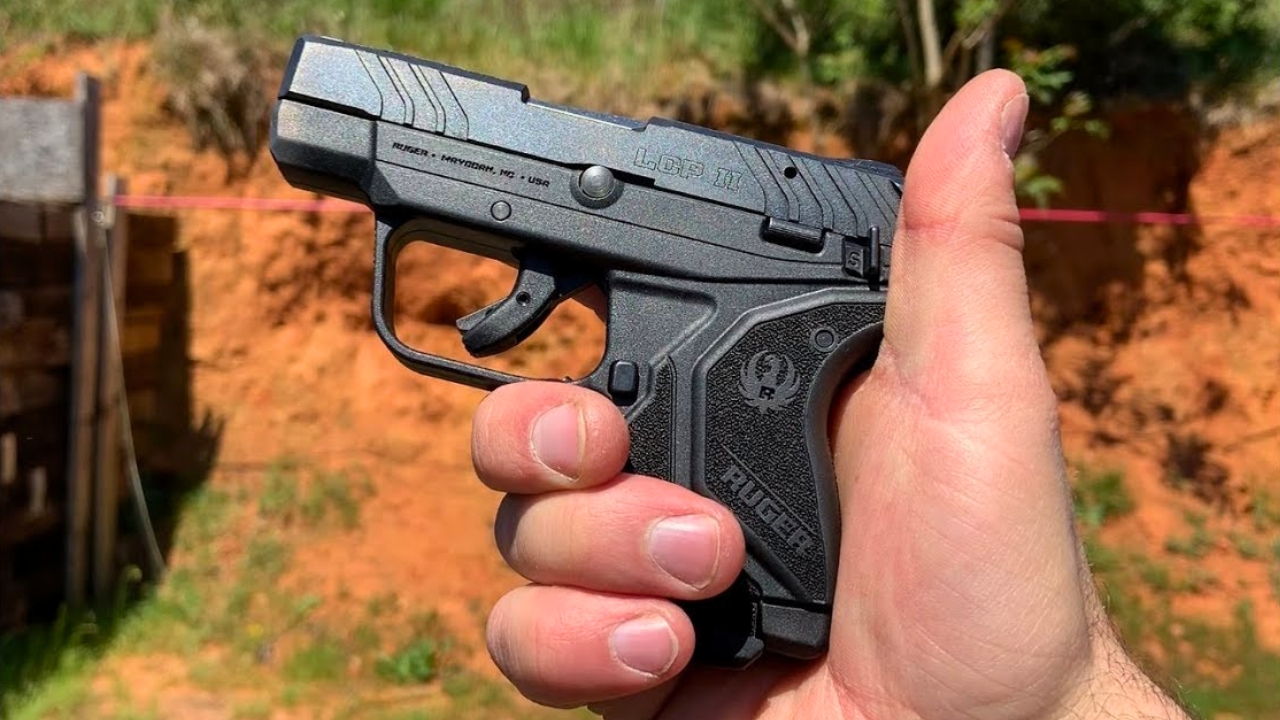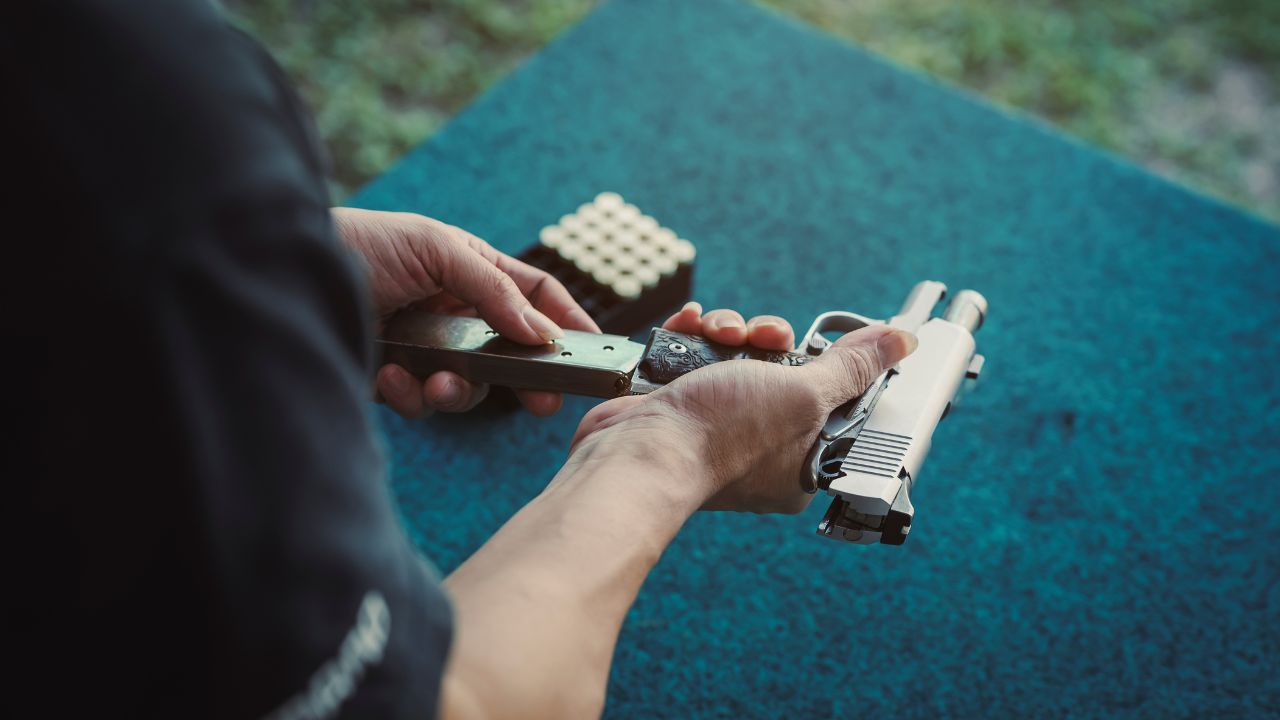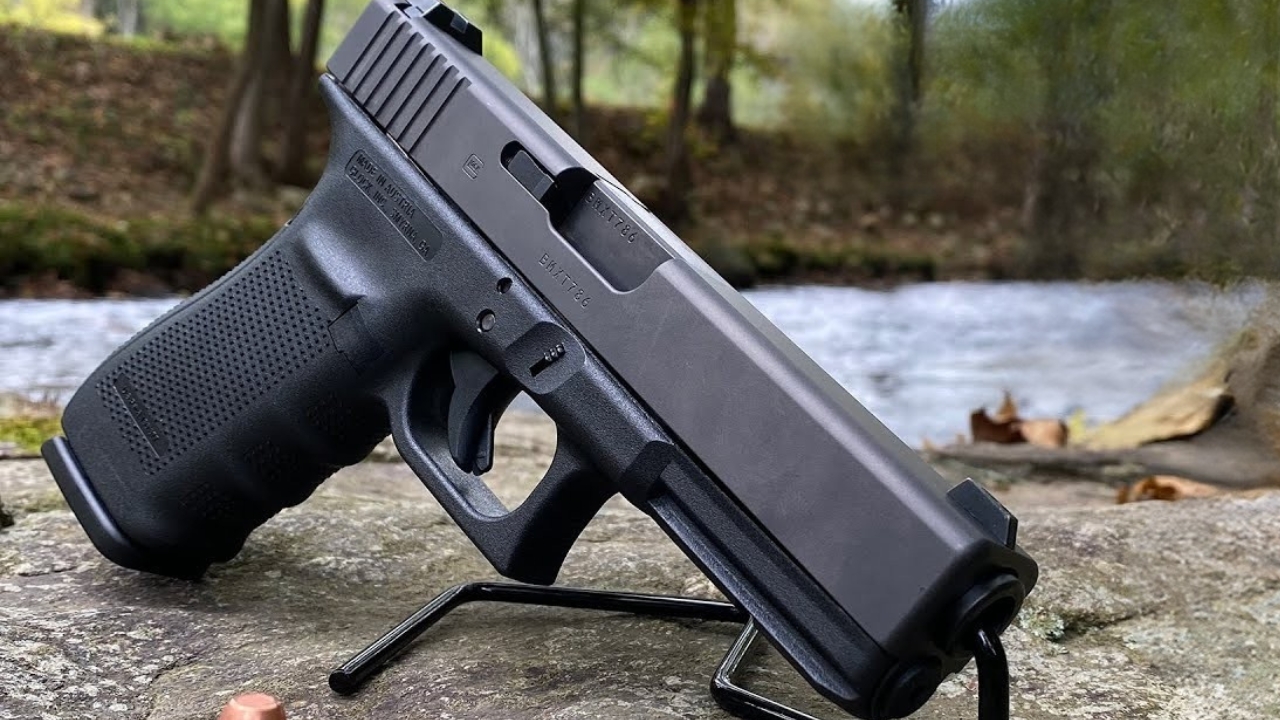A lot of folks assume a brand-new gun is ready to roll the second it leaves the case. But just because it’s new doesn’t mean it’s ready for serious use. Parts wear in, tolerances shift, and manufacturers aren’t perfect. If you’re relying on that firearm for defense, competition, or hunting, you’d better be sure it actually runs the way it’s supposed to—before you trust your life to it.
Here’s what you need to check before giving a fresh-out-of-the-box gun your full confidence.
Clean It Before You Shoot It

Even brand-new guns can come packed with grease, oil, or metal shavings from the factory. That gunk isn’t helping reliability—it’s just there to prevent rust during shipping. Give the whole thing a proper cleaning before you ever rack the slide or run a round through it.
Skipping this step is a great way to invite feeding problems or early wear. It doesn’t have to be a full field strip, but wipe everything down, check for anything weird, and lubricate it the way the manual recommends.
Run the Ammunition You Plan to Use

Your gun might eat cheap FMJ all day without issue, but that doesn’t mean it’ll cycle hollow points or soft points reliably. Defensive ammo often has different bullet profiles, and that can mess with feeding, especially in semi-autos.
If you carry it or hunt with it, test it. Don’t assume your expensive ammo will run flawlessly just because your range rounds do. You don’t want to find out the hard way that it chokes when it counts.
Check for Loose Screws and Fittings

Straight out of the box, screws for sights, scope mounts, or even trigger assemblies might not be fully tightened. This isn’t always the case, but it happens more than you’d think—especially with optics-ready models or rifles with adjustable parts.
Before you hit the range, go over it with a basic tool kit. Make sure everything that’s supposed to stay put actually does. Blue Loctite isn’t a bad idea on non-critical parts that tend to back out.
Inspect for Rough Machining

Even well-known brands sometimes let a lemon slip through. Look for burrs, tool marks, or sharp edges inside the slide, bolt, or feed ramp. These rough spots can cause malfunctions, and they might not wear in cleanly over time.
If something feels gritty or catches, don’t ignore it. A little polishing or gunsmith attention up front can save you from a headache later—especially if you’re already out in the woods or depending on it for defense.
Watch for Magazine Issues

Sometimes the gun is fine, but the magazine is the problem. Springs can be weak, followers can tilt, or feed lips can be just a little out of spec. If your brand-new pistol or rifle jams on the first few mags, it might not be the gun’s fault.
Always test with more than one mag. If one keeps causing issues, mark it and keep it out of your rotation until you’ve figured it out—or replace it altogether.
Don’t Skip the Break-In Period

Some guns really do need a few hundred rounds before they smooth out. Tight tolerances might feel great in theory, but they often need a little wear before everything cycles properly. It’s not a flaw—it’s just part of how some designs work.
Plan on at least a couple range sessions before you judge it fully. If it’s still jamming after 300 rounds, then yeah, something’s up. But don’t expect perfection right out of the gate with every platform.
Make Sure Sights Are Actually Zeroed

You’d be surprised how many rifles or pistols come from the factory with “installed” sights that aren’t even close to being zeroed. That’s not really a knock on the manufacturer—it just means you’ve got to confirm it yourself.
Don’t assume anything is sighted in, whether it’s iron sights or a red dot that came pre-mounted. Get to the range and dial it in for your preferred distance. You can’t hit what you can’t aim at.
Test for Ejection and Feeding

Function testing isn’t just about pulling the trigger—it’s about watching how the gun cycles. Does it eject cleanly and in the same direction every time? Is it returning to battery without hesitation? Is it stove-piping occasionally?
Run several magazines through it and pay attention to how it behaves. If anything looks or feels off, troubleshoot it now—before you stake your safety on it.
Try It in Different Conditions

It’s one thing to run a clean gun at the range on a sunny day. It’s another thing to see if it works with gloves on, in the cold, or when it’s a little dirty. A carry gun or a backcountry rifle should work outside of perfect conditions.
Try shooting prone, from a bench, or from a quick draw. Load it with sweaty hands or after crawling around in the dirt. You’ll learn real quick how trustworthy it really is.
Don’t Assume Brand Equals Readiness

Just because it’s a Glock, a Sig, or a high-end AR doesn’t mean it’s automatically ready for serious use. Mistakes happen at every level. Even the best brands ship the occasional dud or mismatched part.
Every gun is an individual. You need to treat it that way. Trust comes from testing—not from a label or a logo on the slide.
*This article was developed with AI-powered tools and has been carefully reviewed by our editors.






